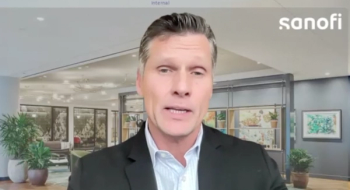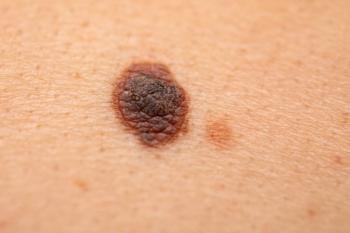
New bladder cancer, kidney disease therapies available
FDA recently approved 2 new therapies: an expanded drug indication for locally advanced or metastatic urothelial carcinoma (mUC) and a treatment for secondary hyperparathyroidism (HPT) in adult patients with chronic kidney disease (CKD) on hemodialysis.
FDA recently approved 2 new therapies: an expanded drug indication for locally advanced or metastatic urothelial carcinoma (mUC) and a treatment for secondary hyperparathyroidism (HPT) in adult patients with chronic kidney disease (CKD) on hemodialysis.
FDA approved a new indication for nivolumab (Opdivo,
Related:
Opdivo is already approved to treat several types of cancers, including metastatic melanoma, renal cell carcinoma, classical Hodgkin lymphoma non-small cell lung cancer.
While the new indication is approved under accelerated approval based on tumor response rate and duration of response, continued approval for this indication may be contingent upon verification and description of clinical benefit in confirmatory trials.
The approval is based on results from the CheckMate trial, in which 19.6% of patients responded to treatment with Opdivo. The percentage of patients with a complete response was 2.6% and the percentage of patients with a partial response was 17%. Among responders, the median duration of response was 10.3 months.
Meanwhile, FDA also approved etelcalcetide (Parsabiv,
Related:
"Parsabiv not only has demonstrated strong efficacy in clinical trials; it also fills an unmet need by putting the delivery of the therapy in the hands of the health care professional," Sean E. Harper, MD, executive vice president of Research and Development at Amgen, said in a statement.
Often occurring in patients in stage 5 of CKD, secondary HPT refers to the excessive secretion of parathyroid hormone (PTH) by the parathyroid glands in response to decreased renal function and impaired mineral metabolism. Parsabiv binds to and activates the calcium-sensing receptor on the parathyroid gland, thereby causing decreases in PTH.
The US approval of Parsabiv was primarily based on data from 2 placebo-controlled phase 3 studies, both of which met their primary end points.
In the two 26-week, randomized, double-blind, placebo-controlled studies, an aggregate of 1,023 patients with moderate-to-severe secondary HPT (PTH greater than 400 pg/mL) on hemodialysis were randomly assigned to receive intravenous Parsabiv or placebo 3 times a week, at the end of their dialysis sessions. The treatment was given as an adjunct to standard of care that could include vitamin D and/or phosphate binders.
The primary end point of both studies was the proportion of patients achieving greater than 30% reduction from baseline in PTH during the Efficacy Assessment Phase (EAP), defined as weeks 20 through 27. Secondary end points included the proportion of patients with PTH less than or equal to 300 pg/mL during the EAP; and the percent of reductions in PTH, albumin-adjusted calcium (cCa), phosphate (P) and cCa x P during the EAP.
The 2 studies showed that significantly more Parsabiv than placebo patients, respectively, achieved: a greater than 30% reduction from baseline in PTH during the EAP: 77 % versus 11% in Study 1, and 79 % versus 11% in Study 2. They also achieved PTH levels of 300 pg/mL or less during the EAP: 52% versus 6% in Study 1, and 56% versus 5% in Study 2.
In addition, a greater reduction from baseline was achieved in Parsabiv-treated patients than placebo-treated patients during the EAP, for PTH, corrected calcium and phosphate in both studies.
Read more:
Newsletter
Get the latest industry news, event updates, and more from Managed healthcare Executive.




















































